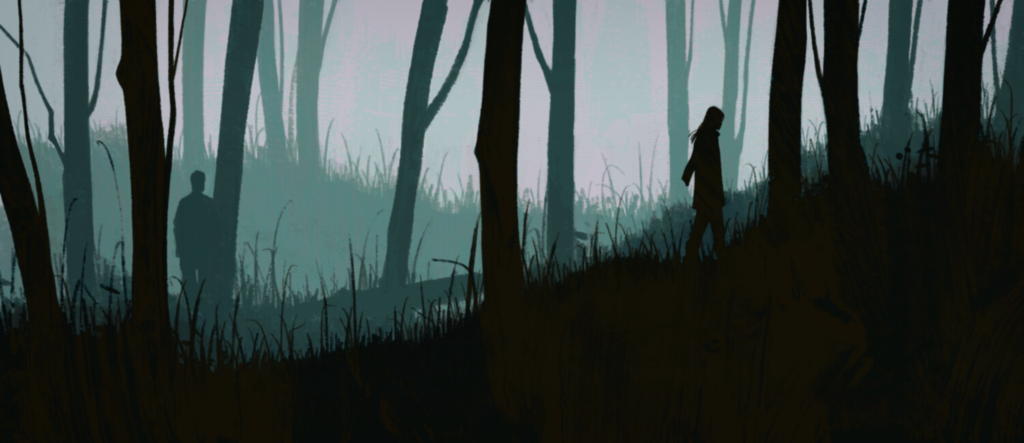 In a recent piece in The Financial Times, James Lovegrove cites Raymond Hawkey’s 1963 Pan cover for Thunderball as one of the all-time greatest paperback designs.
In a recent piece in The Financial Times, James Lovegrove cites Raymond Hawkey’s 1963 Pan cover for Thunderball as one of the all-time greatest paperback designs.
(In case you’re not familiar with it, those ‘bullet hits’ are actual holes in the cover.)
I so agree… although for me it’s one of those cases where your feelings about a piece of culture are entangled with the surrounding experience of its time, so it’s hard to know to what extent I’m being objective. But I’ve always thought that the 60s Pan Bonds, and Thunderball in particular, were a near-perfect marriage of package and content. This was the very edition of the book that earned me a mild reprimand on my school report when I took it along to ‘own choice’ reading class in 1965, aged 10.
One odd thing, though… Lovegrove writes that “Hawkey fills the cover with a close-up of a man’s naked back, perforated by two bullet holes” and on reading it I realised that I’d never given any thought to the gender of the subject. The use of skin tone as background is so abstract.
If you’d asked me and I’d answered without looking, I’d have said it was a woman’s back. But I’ve looked, and there’s a slight leathery coarseness to the skin texture that makes a subtle contribution to the overall effect.

2 responses to “A Book by its Cover”
Oddly enough, I first read Thunderball and a few other James Bonds when I was 10. Do you think he was the Harry Potter of our generation?
Perhaps Raymond Hawkey was adding a subliminal homosexual subtext to the book? 😉